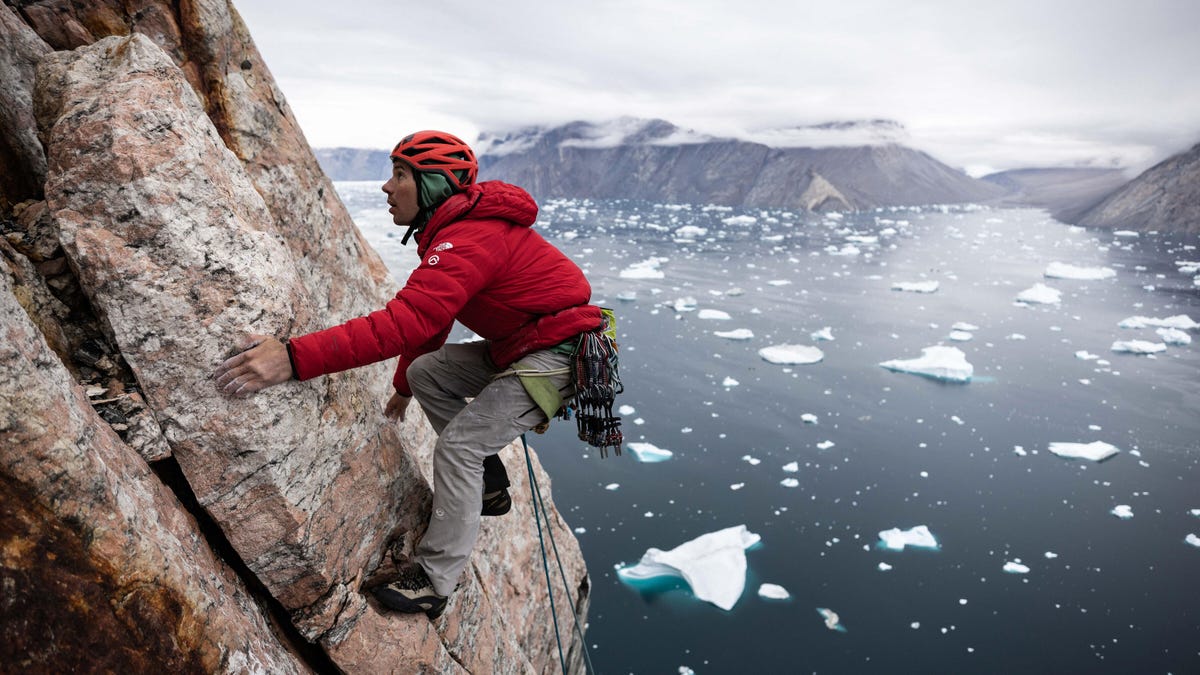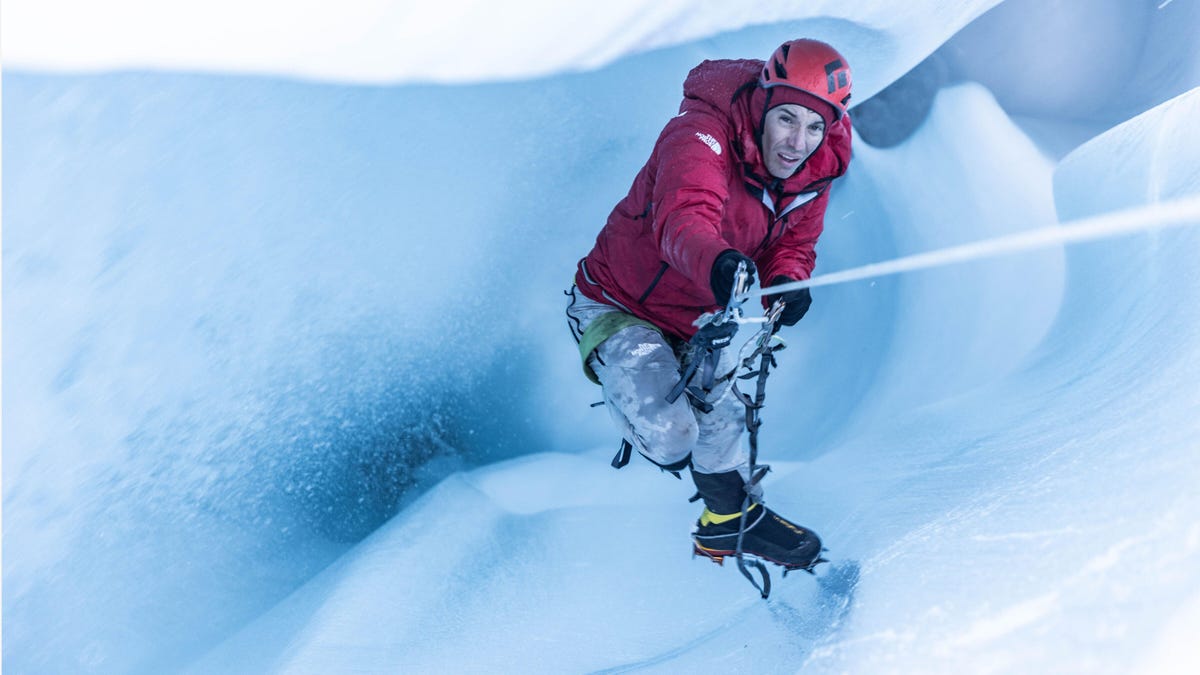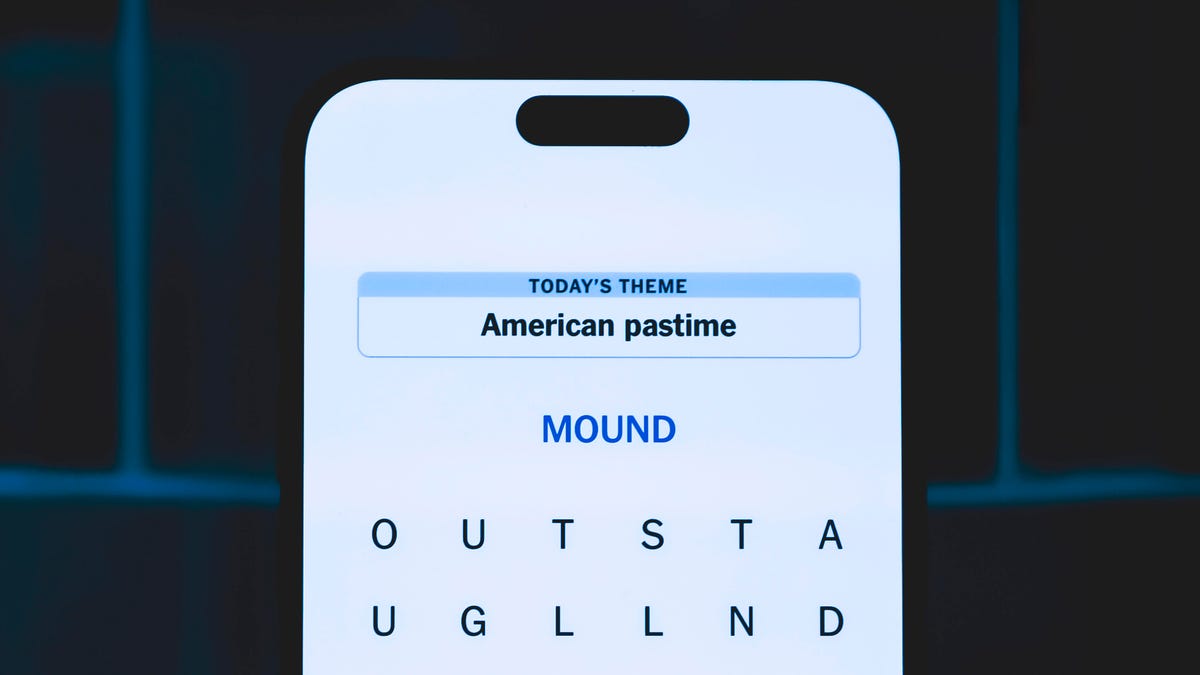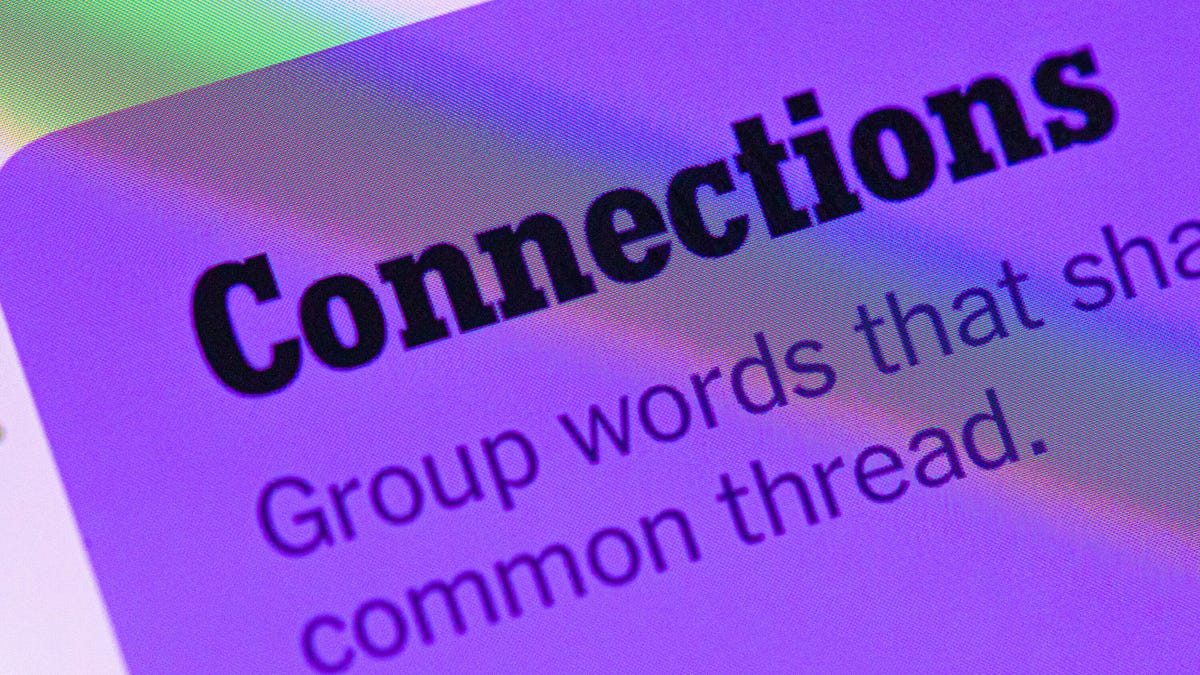Technologies
‘Free Solo’ Star Alex Honnold Climbs Unexplored Arctic Mountains to Track Climate Change
His new National Geographic miniseries, Arctic Ascent, follows Honnold and his team tracking ice formation in Greenland’s frigid fjords.

Alex Honnold ascended to fame making one of the most daring no-rope climbs of a rock face in history, as documented in the award-winning film Free Solo. Then he turned to climbing for causes — the latest of which took him to the Arctic Circle, where he traveled with a team to measure the impact of climate change on some of the most remote parts of planet Earth.
Honnold’s expedition to check on Greenland’s ice, performed in 2022, was documented for a National Geographic three-episode miniseries that will arrive on Disney Plus on Feb. 5, titled Arctic Ascent.
Much like Honnold’s prior journey to track down undiscovered frogs up the sides of yet-to-be-climbed jungle mesas in South America, his venture in Greenland’s frigid fjords is filled with firsts. He and the team ascended a rock wall that hadn’t previously been climbed to reach an iced-over plateau that nobody had crossed on foot before, made a boat trip across uncharted waters, and finally ascended Ingmikortilaq, a 3,750-foot previously unclimbed mountain that’s nearly a thousand feet taller than Yosemite’s El Capitan cliff face, which Honnold summited in Free Solo.
«When we were sailing up the fjord in boats to go up to Ingmikortilaq, we did actually literally cross a point where there was no more information on the depth chart,» Honnold said. «We crossed a line and it was just blank after that. Nowadays, it’s relatively rare to go somewhere where you’re kind of off the edge of the map.»
As remote as Honnold’s trek was, what they were investigating has implications for the whole world. Emissions from burning fossil fuels are causing our climate to change, warming up the planet and leading to more extreme weather. As scientists expand their study of climate change’s impact, they’re also looking farther afield to understand how it can upset natural processes — and in Greenland, the melting of vast ice sheets could lead to a rise in global water levels, which could put coastal settlements around the world underwater.
The expedition took the team nearly 100 miles through subzero temperatures and even colder winds, which is difficult enough to endure in the open ice plain but extra torturous when climbing. As Honnold pointed out, you can’t climb with gloves as your fingers need to be free to grip holes and cracks in the sheer rock wall, so they must be exposed to the elements. And unlike Honnold’s previous trips to Antarctica, which had been cold but largely sunny, Greenland’s rain and snow meant many grim overcast days for his adventuring team.
Instead of finding frogs, the pro-environmental angle for this trip was to forge a path across ice fields and up mountain faces for Heïdi Sevestre, a glaciologist with the Arctic Monitoring and Assessment Program, who came to measure how climate change is affecting the formations of ice layers in arctic Greenland. Over the course of the journey, Sevestre took readings and collected samples in areas humans have never walked or climbed — a rare opportunity to collect data that could better our understanding of our warming world.
To Honnold, that’s a worthy cause for adventure. His post-Free Solo fame led to work that he funneled into a new foundation that has hooked up disadvantaged communities to solar power around the world. The Arctic Ascent expedition fed the same urge for Honnold to tend to the planet.
«I think a project like this is just a way to help talk about the environment to a mainstream audience, in talking about the importance of climate change, basically,» Honnold said.
Sevestre and Honnold make up a third of the six-person crew that went on the expedition, which also included Hazel Findlay and Mikey Schafer, two other climbers well-known for their skill in so-called «first ascents» up rock faces; as well as safety specialist adventurer Aldo Kane and Greenland guide Adam Kjeldsen. The challenging conditions and pioneering opportunities in adventure and science attracted them all to help crucial research at the edge of the world.

Forging through the arctic with research tech and iPhones
The three-episode miniseries documents the team’s arduous journey, which is peppered with interludes wherein Sevestre deploys scientific equipment to measure conditions and estimate their normalcy — or how much climate change has made them abnormal.
But the climbers sometimes need to court danger to get those instruments into the right position. One incident early in the series’ first episode has Honnold and others rappelling down a gaping hole carved by water rushing down to a glacier’s base, and dropping a piezometer into the flood to measure how much is flowing. Another data point to bring back to the scientific community from places it’s never accessed before.
Sevestre took a range of measurements over the course of the trip, including rock samples from the initial rock wall that could provide historical data to compare to modern climate progression. She took sonar measurements of the plateau to estimate how much water might flow into the world’s oceans if the ice sheets melt. And when they got past the ice field to the lake, she dropped a knee-high cylinder into the water — an actual aquatic probe for NASA (one of many in its Oceans Melting Greenland, or OMG, network of probes).
Honnold brought his iPhone.
While most of the miniseries is shot by National Geographic videographers with conventional cameras and drones for jaw-dropping ultrawide shots of gorgeous landscapes and sheer rock walls, it can be tough to get filmmakers into position in more extreme moments. So Honnold recorded a small portion of the footage himself in the fleeting triumph when he and his fellow climbers reached the top of an arctic wall that had never been climbed before. And he did it with an off-the-shelf iPhone.
«You’re almost required to do little video diaries [with phones] all the time because you just can’t capture it otherwise, those kinds of interactions where it’s just you and your partner at the anchor being like, ‘Here we are, we’re doing a thing, isn’t this exciting?'» said Honnold. He used either an iPhone 12 Mini or iPhone 13 Mini, he recalled.
Viewers won’t notice when the show seamlessly switches to his iPhone point-of-view, which is stunning proof that the smartphones in our pockets can produce documentary-quality footage, even at the edge of the world. Honnold kept the phone in an inner jacket pocket close to his warm chest for the most part so it wouldn’t die when exposed to Greenland’s subzero temperatures, but it still let him take part in contributing his own moments, from jokey chitchats with his team to euphoric cheers atop mountains, to the documentary.
Honnold has carried smartphones on climbs before, which he used to listen to music and take photos to send to family and friends. But phones have come a long way, and production companies now outfit him with the latest phones. His next trip, another National Geographic-recorded expedition to Alaska, has him using an iPhone 14 Pro Max so he can use its ProRes high-quality video format.
«The quality of phones now is good enough that you can put on a big screen,» Honnold said.

An expedition of science and adventure, the National Geographic way
The actual Arctic Ascent expedition happened in 2022, and Sevestre bundled her research into the trip to execute experiments for multiple universities. These myriad readings and measurements are, as Honnold described them, pieces of data that institutions around the world will use for different projects.
«Nothing we did is groundbreaking in and of itself, but that’s kind of the nature of science is that no individual piece of data determines any outcome. It’s always just part of this broader web of human knowledge,» Honnold said. «We’re hoping to fill in a gap in the map, for sure.»
That said, expeditions can be productive long after they’ve finished. The science expert from Honnold’s previous trip up the South American jungle mesas is still publishing research on the frogs discovered during the expedition, which occurred years ago. We won’t know the full impact of the Arctic Ascent expedition for some time, but there are other benefits to documenting such a tough adventure in some of the most wildly beautiful and unexplored parts of the world.
«I think showing the landscape is important, just showing people the wild beauty of Eastern Greenland. And I think that people can be inspired by nature in that way,» Honnold said. «But I think it’s nice to have an educational component, to have [Sevestre] along, to help people understand what’s at stake in Eastern Greenland.»
Technologies
Today’s NYT Strands Hints, Answers and Help for Nov. 28 #635
Here are hints and answers for the NYT Strands puzzle for Nov. 28, No. 635.

Looking for the most recent Strands answer? Click here for our daily Strands hints, as well as our daily answers and hints for The New York Times Mini Crossword, Wordle, Connections and Connections: Sports Edition puzzles.
Today’s NYT Strands puzzle is pretty tricky. If you’re not familiar with certain superstitious beliefs, you might not find all the answers. And some of the answers are difficult to unscramble, so if you need hints and answers, read on.
I go into depth about the rules for Strands in this story.
If you’re looking for today’s Wordle, Connections and Mini Crossword answers, you can visit CNET’s NYT puzzle hints page.
Read more: NYT Connections Turns 1: These Are the 5 Toughest Puzzles So Far
Hint for today’s Strands puzzle
Today’s Strands theme is: If all else fails…
If that doesn’t help you, here’s a clue: Don’t tell, it won’t come true.
Clue words to unlock in-game hints
Your goal is to find hidden words that fit the puzzle’s theme. If you’re stuck, find any words you can. Every time you find three words of four letters or more, Strands will reveal one of the theme words. These are the words I used to get those hints but any words of four or more letters that you find will work:
- GLUB, RATS, TARN, DALE, FONT, FOUNT, LASH
Answers for today’s Strands puzzle
These are the answers that tie into the theme. The goal of the puzzle is to find them all, including the spangram, a theme word that reaches from one side of the puzzle to the other. When you have all of them (I originally thought there were always eight but learned that the number can vary), every letter on the board will be used. Here are the nonspangram answers:
- DANDELION, STAR, COIN, FOUNTAIN, LADYBUG, EYELASH
Today’s Strands spangram
Today’s Strands spangram is MAKEAWISH. To find it, start with the M that’s three letters down on the far right, and wind backwards.
Technologies
Today’s NYT Connections Hints, Answers and Help for Nov. 28, #901
Here are some hints and the answers for the NYT Connections puzzle for Nov. 28, #901.

Looking for the most recent Connections answers? Click here for today’s Connections hints, as well as our daily answers and hints for The New York Times Mini Crossword, Wordle, Connections: Sports Edition and Strands puzzles.
Today’s NYT Connections puzzle is kind of tough. If you need help sorting the answers into groups, you’re in the right place. Read on for clues and today’s Connections answers.
The Times now has a Connections Bot, like the one for Wordle. Go there after you play to receive a numeric score and to have the program analyze your answers. Players who are registered with the Times Games section can now nerd out by following their progress, including the number of puzzles completed, win rate, number of times they nabbed a perfect score and their win streak.
Read more: Hints, Tips and Strategies to Help You Win at NYT Connections Every Time
Hints for today’s Connections groups
Here are four hints for the groupings in today’s Connections puzzle, ranked from the easiest yellow group to the tough (and sometimes bizarre) purple group.
Yellow group hint: Appropriate.
Green group hint: I win!
Blue group hint: Musical instrument.
Purple group hint: Time to talk.
Answers for today’s Connections groups
Yellow group: Fitting.
Green group: Achieve victory over.
Blue group: Parts of an electric guitar.
Purple group: Phonetic elements of speech.
Read more: Wordle Cheat Sheet: Here Are the Most Popular Letters Used in English Words
What are today’s Connections answers?
The yellow words in today’s Connections
The theme is fitting. The four answers are fair, just, proper and right.
The green words in today’s Connections
The theme is achieve victory over. The four answers are beat, best, take and worst.
The blue words in today’s Connections
The theme is parts of an electric guitar. The four answers are fret, peg, pickup and string.
The purple words in today’s Connections
The theme is phonetic elements of speech. The four answers are intonation, loudness, rhythm and stress.
Technologies
Anker’s New MagSafe Car Mount Keeps Your Phone Cool While Charging, and It’s 30% Off for Black Friday
Get wired-like charging speeds and MagSafe compatibility with Anker’s wireless car charging bundle for $62.99.
Black Friday is the best time of the year to upgrade the little essentials that make your everyday tech life more pleasant. I’ve found the perfect deal to amp up the phone charging setup in your car. This Anker MagSafe wireless car charging bundle is 30% off for the holidays, and it gives your iPhone a fast and steady way to power up while you navigate. It delivers up to 25-watt wireless charging speeds and with onboard active cooling, your phone stays comfortable to the touch.
Get it now for $62.99 verses the list price of $89.99.
What sets this charger apart is that its performance and cooling tech is built into a surprisingly compact package. The stand uses an ultra-strong Qi2 magnetic lock to keep your phone secure through bumps and turns. You can even tilt the mount and switch between portrait and landscape modes for navigation without blocking the view. The bundle has everything you need to get started including a 60-watt dual-USB-C charger, an adequately long USB-C cable, and cable organizers for a clean setup. Anker also includes a two-year warranty for peace of mind.
If you are getting your car prepped up for driving to a holiday vacation or just need a faster charging mount for your daily commute, this deal makes a lot of sense. CNET’s experts are also tracking more Black Friday and Cyber Monday picks across Apple products, headphones, and more, so you can score more savings before the sales season wraps up.
MOBILE DEALS OF THE WEEK
-
$749 (save $250)
-
$475 (save $175)
-
$499 (save $300)
-
$900 (save $400)
Why this deal matters
A high quality charger is a great addition to any car to speedily top up your phone on the go. You will especially want to look out for options from a top-tier brand like Anker for its fast charging speeds and reliability. This Black Friday deal is an excellent opportunity to save big on a staple car accessory. With holiday shopping heating up and tech accessories being one of the most popular categories, we expect the deal to sell out quick. So don’t wait too long before jumping on it.
Don’t miss any of our unbiased tech content and lab-based reviews. Add CNET as a preferred Google source.
Join Our Daily Deals Text Group!
Get hand-picked deals from CNET shopping experts straight to your phone.
By signing up, you confirm you are 16+ and agree to receive recurring marketing messages at the phone number provided. Consent is not a condition of purchase. Reply STOP to unsubscribe. Msg & data rates may apply. View our Privacy Policy and Terms of Use.
-

 Technologies3 года ago
Technologies3 года agoTech Companies Need to Be Held Accountable for Security, Experts Say
-

 Technologies3 года ago
Technologies3 года agoBest Handheld Game Console in 2023
-

 Technologies3 года ago
Technologies3 года agoTighten Up Your VR Game With the Best Head Straps for Quest 2
-

 Technologies4 года ago
Technologies4 года agoBlack Friday 2021: The best deals on TVs, headphones, kitchenware, and more
-

 Technologies4 года ago
Technologies4 года agoVerum, Wickr and Threema: next generation secured messengers
-

 Technologies4 года ago
Technologies4 года agoGoogle to require vaccinations as Silicon Valley rethinks return-to-office policies
-

 Technologies4 года ago
Technologies4 года agoOlivia Harlan Dekker for Verum Messenger
-

 Technologies4 года ago
Technologies4 года agoiPhone 13 event: How to watch Apple’s big announcement tomorrow
